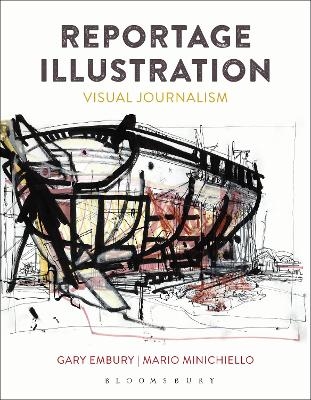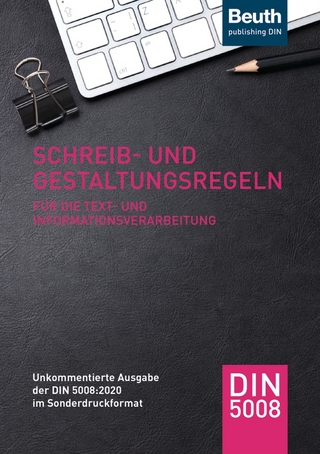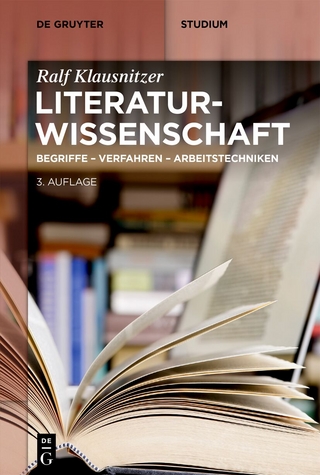
Reportage Illustration
Bloomsbury Visual Arts (Verlag)
978-1-4742-2459-8 (ISBN)
Gary Embury is a senior lecturer at the University of the West of England, Bristol and an illustrator with over 20 years of experience. Clients include The Guardian, The Daily Telegraph, Radio Times, Aardman Animations, BBC, BritishTelecom, Barclays Bank, The Economist, New Scientist, The Sunday Times Review, Sunday Times Magazine, Microsoft, Penguin Books, Macmillan, and many other advertising, editorial and publishing clients. Awarded Gold, in Images 30, The Best of British Contemporary Illustration 2006 and took part in a discussion on Radio 4’s Front Row program hosted by Kirsty Lang on the future of illustration in the digital age. He is the editor of which showcases and initiates projects in the area of drawn reportage. Mario Minichiello has held positions as a Professor at Newcastle University, Australia, Birmingham Children’s Hospital, Birmingham Institute of Art and Design and Loughborough University UK. He is also the Co-Director of FASTlab and the author of several books and papers. He is a practising Artist and Academic based in Cambridge UK.
Chapter 1: What is Reportage Drawing
Background
The rise of reportage and the influence of the war artist
The camera and the eye
Case study: George Butler/Syria
Interview: Jill Gibbon
Chapter 2: Materials, Media and Methods
Choosing the right materials
Technology and digital media
Case Study: Jenny Soep/ Capturing a live event
Exercise: Drawing a live event
Box: Checklist of materials
Interview: Julia Midgley
Interview: Tim Vyner
Chapter 3: Developing a Visual Language
Individual approaches
Case Study: Jedidiah Dore/New York City
Case Study: Sue Coe/Elephant Nature Park
Exercise: Developing your visual language
Interview: First Hand Reportage Collective
Interview: Olivier Kugler
Chapter 4: On Location
Beginning a project
Case Study: Gary Embury/ The Bristol Bike Project
Interview: Lucinda Rogers
Interview: Jenny Soep
Chapter 5: Capturing a sense of place
Case Study: Veronica Lawler/Mystic Seaport
Checklist
Tips and techniques: On location
Case Study: Luisa Crosbie/ Her Majesty’s Theatre, London
Case Study: Anne Howeson/ Drawing and Memory
Interview: Bo Soremsky
Chapter 6: Creating a Narrative
Developing the story
Story selection and developing content
Tips and techniques
Outlining your story
Interview: Louis Netter
Interview: Chloe Regan
Exercise: Creating a story using a fixed viewpoint
Chapter 7: Becoming a Visual Journalist
Creating a digital portfolio
Tips in preparing your portfolio
Editing your portfolio
The world of work
Finding work
Speculative work
Working through a gallery
Direct calling and arranging interviews
Responsibilities
Human ethics and professional practice
Tips and checklists
Case Study: Mario Minichiello/Weekend Financial Times
Exercise: Developing a reportage illustration brief
Conclusion
The future of reportage
Interview: Martin Harrison
Contacts
Credits
Index
| Erscheinungsdatum | 27.03.2018 |
|---|---|
| Zusatzinfo | 200 colour illus |
| Verlagsort | London |
| Sprache | englisch |
| Maße | 210 x 270 mm |
| Gewicht | 604 g |
| Themenwelt | Literatur ► Essays / Feuilleton |
| Kunst / Musik / Theater ► Design / Innenarchitektur / Mode | |
| Geisteswissenschaften ► Sprach- / Literaturwissenschaft ► Literaturwissenschaft | |
| Sozialwissenschaften ► Kommunikation / Medien ► Journalistik | |
| ISBN-10 | 1-4742-2459-8 / 1474224598 |
| ISBN-13 | 978-1-4742-2459-8 / 9781474224598 |
| Zustand | Neuware |
| Informationen gemäß Produktsicherheitsverordnung (GPSR) | |
| Haben Sie eine Frage zum Produkt? |
aus dem Bereich


